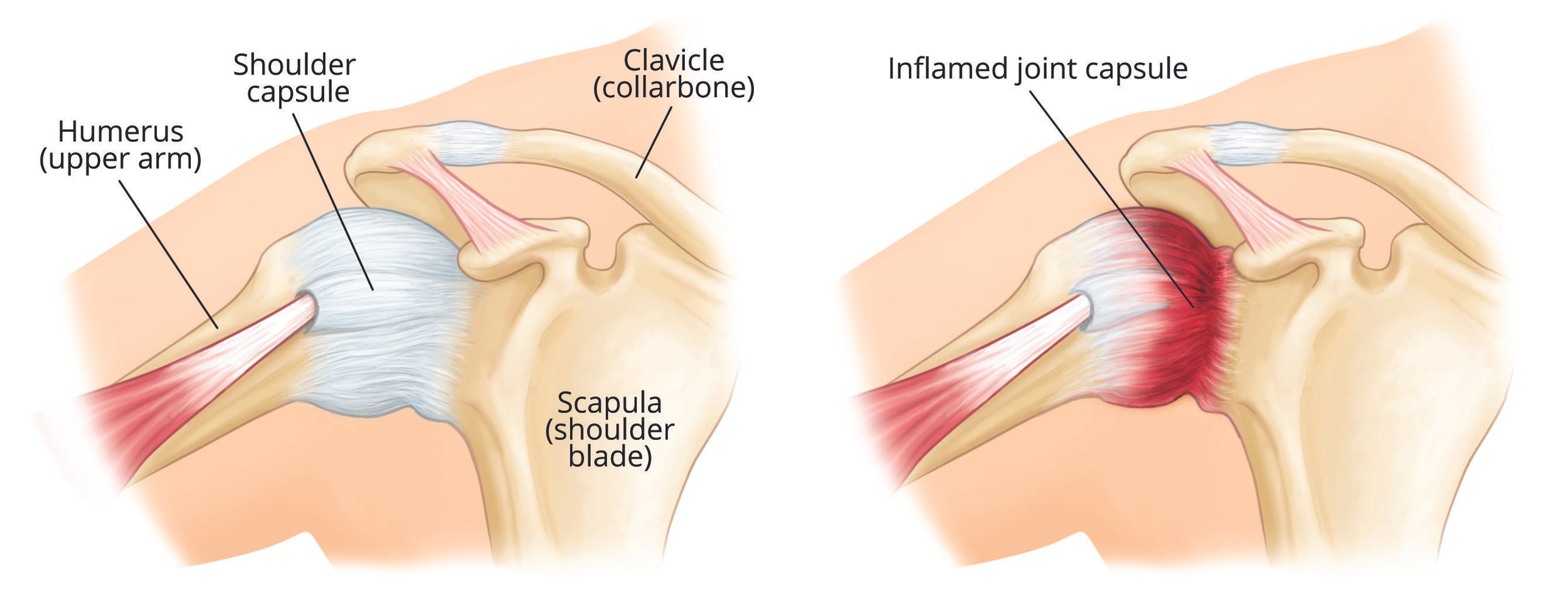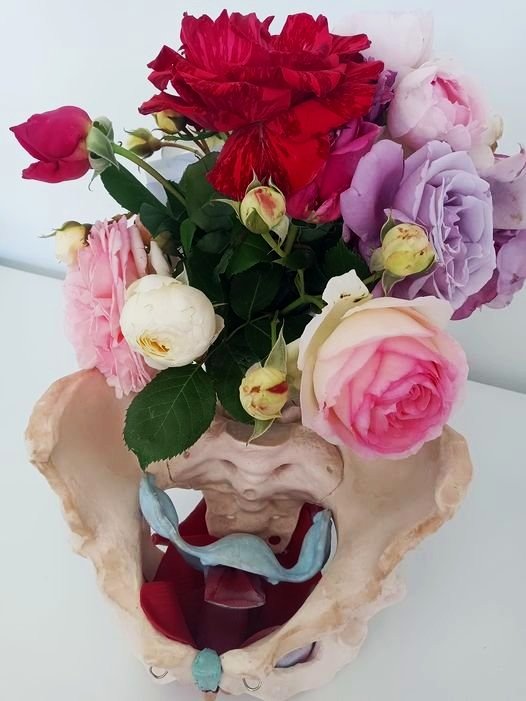Stress Urinary Incontinence
Stress Urinary Incontinence (SUI) is described as “the involuntary loss of urine on effort or physical exertion (e.g sporting activities), or on sneezing or coughing (International Continence Society 2010)”.
The mechanism of stress incontinence is actually multifactorial and is not caused because of the one same anatomical dysfunction across every woman. This can make SUI challenging to treat, therefore it is important that women are given advice on all treatment options available to them.
Potential risk factors of Stress Urinary Incontinence
Numerous risk factors for SUI have have been identified and a brief explanation is below:
Age:
SUI appears to have a steady increase in moderate and severe incontinence throughout the adult lifespan with a distinct peak in incontinence around the time of menopause. After menopause, SUI seems to decline into old age and mixed incontinence becomes more prevalent.
Obesity and Adiposity:
This is probably the most clearly established risk factor for SUI. The higher the BMI the more severe the symptoms. There is sufficient evidence that obesity increases intra-abdominal pressure, predisposing to SUI.
Drugs:
Some menopausal replacement therapy have been associated with increased incidence of SUI.
Hysterectomy:
The evidence appears to show an association of symptom development of SUI potentially due to the loss of pelvic floor support at the time of surgery. However, more research in this area is required.
Exercise:
Some women will complain of SUI during certain exercises which cause additional pressure on the pelvic floor system such as high impact exercise. Exercise is known to be protective of urinary incontinence however conflicting evidence exists due to competing mechanisms behind SUI as to what is protective and what is a risk factor for SUI. If in doubt, you should seek the advice of your pelvic floor physiotherapist.
Does pelvic muscle floor training improve stress incontinence?
The truth is not all women will improve from pelvic floor muscle training. In saying this the National Institute for Health and Care Excellence (NICE) group do recommend offering a trial of supervised pelvic floor muscle training of at least 3 months duration as first line treatment for women with stress or mixed urinary incontinence (NICE guidelines, 2019, p13).
This is because there are no risks or side effects associated with pelvic floor muscle training. Some women will thankfully be cured or at least be improved enough that they are satisfied, but there will be a group of women who are still incontinent and these women will may need to look at other options, which could even include surgery.
So, when is it appropriate to seek help for incontinence?
If you fall into the category of a “uncomplicated incontinence” then first line treatment for SUI is physiotherapy or women’s health occupational therapy.
According to the International Continence Society, women with “complicated incontinence” should be referred by their GP to a Specialist.
Complicated incontinence comprises patients with recurrent incontinence after failed previous surgery, with total urinary incontinence, and/or with associated symptoms such as pain, haematuria, recurrent UTI’s, voiding symptoms, and/or a history of previous pelvic radiotherapy or radical pelvic surgery (Abrams, Cardozo, Wagg, Wein, 2016)
What can a women’s health occupational therapist do?
Usually, you will start by completing a bladder diary to gain an understanding of how your bladder is behaving and when you are having leakage. The bladder diary, along with a comprehensive subjective examination will help to establish a provisional diagnosis.
We will also assess the strength, coordination and tone of your pelvic floor to gain an understanding of where your dysfunction is occurring.
As mentioned above, SUI is multifactorial and not caused by the one same anatomical dysfunction. It is also dependent on how you manage stress, your diet, sleep and activity load.
A women’s health occupational therapist will consider the combination of all factors affecting your continence and bring all of the pieces of the puzzle together.
Occupational Therapy Treatment Options for Stress Incontinence
-
Pelvic floor exercise training: strengthening, endurance and helping you to coordinate your pelvic floor contraction with the increase in intra-abdominal pressure
-
Breath awareness: how to avoid bracing/breath holding
-
General strengthening of other muscle groups possibly causing an increase load onto the pelvic floor
-
Occupational participation: pacing your day, help with sleep, gaining life balance all help
-
Stress management
-
Pilates
Or a combination of some or all of the above!
The following are other treatment options that may be offered
-
Vaginal cones: weight training for your vagina!
-
E-stim: electrical stimulation to the nerves of your pelvic floor to assist with eliciting a stronger pelvic floor contraction (don’t worry this is completely safe and pain-free)
-
Pessary application: a silicone device to help hold pelvic organs in place
Where can I learn more?
The Australian Commission on Safety and Quality in healthcare has a freely available download to provide women with an unbiased approach to treatment of SUI. You can download this here:
Got questions?
If you would like to know if wpmen’s health occupational therapy can help you with your SUI, then feel free to book a free, 15 minute discovery session with Carleen Ginter








